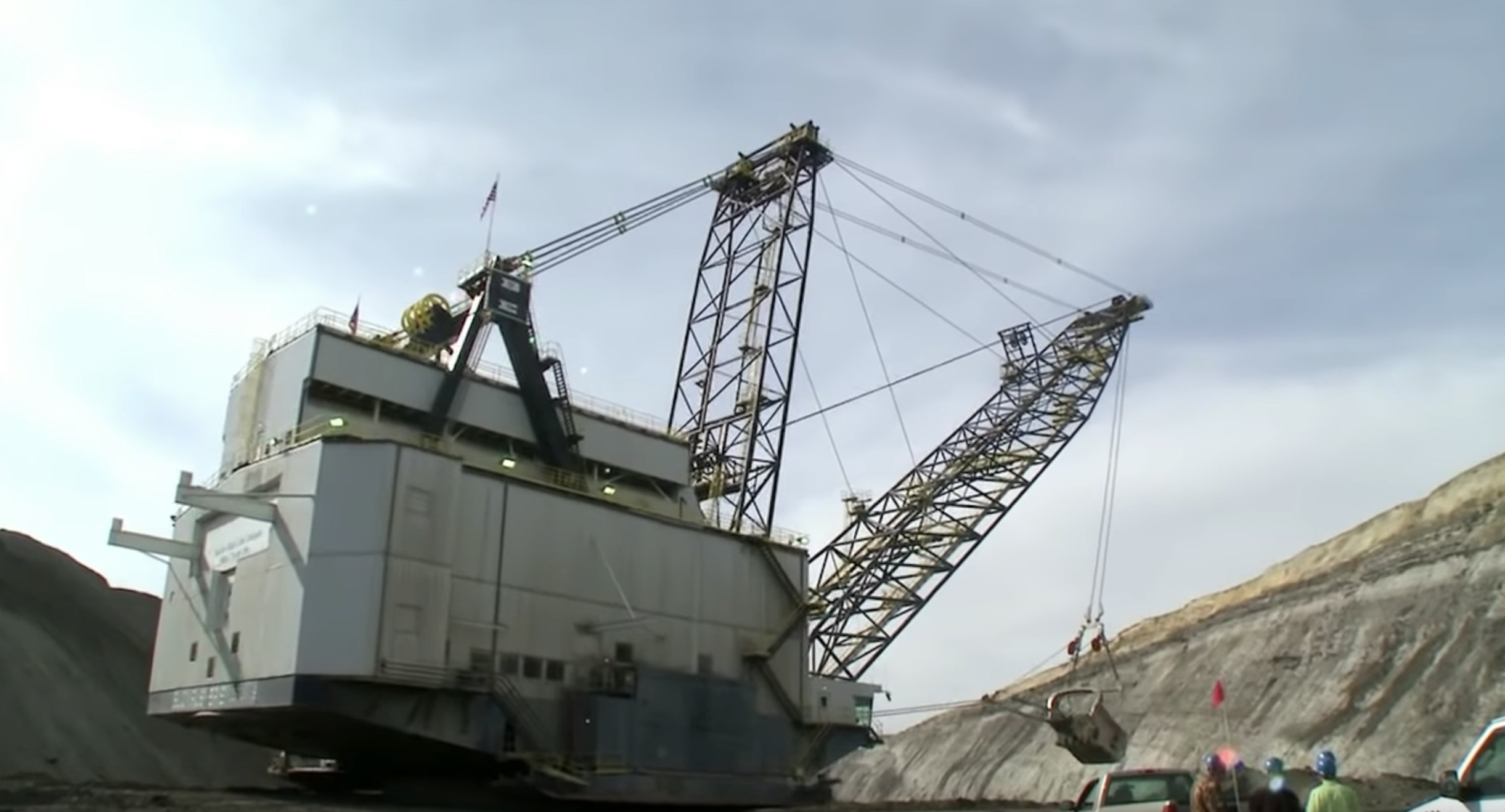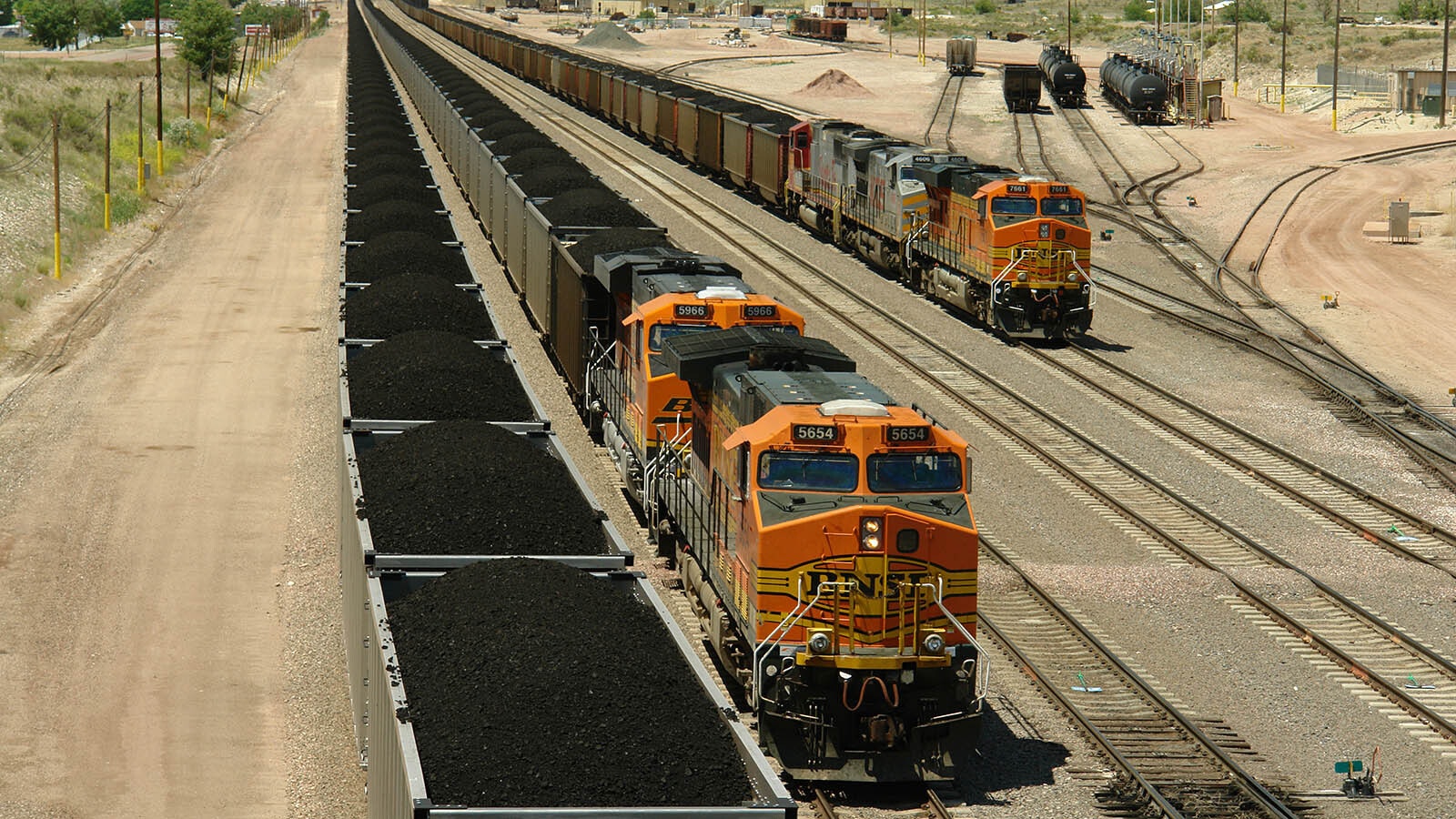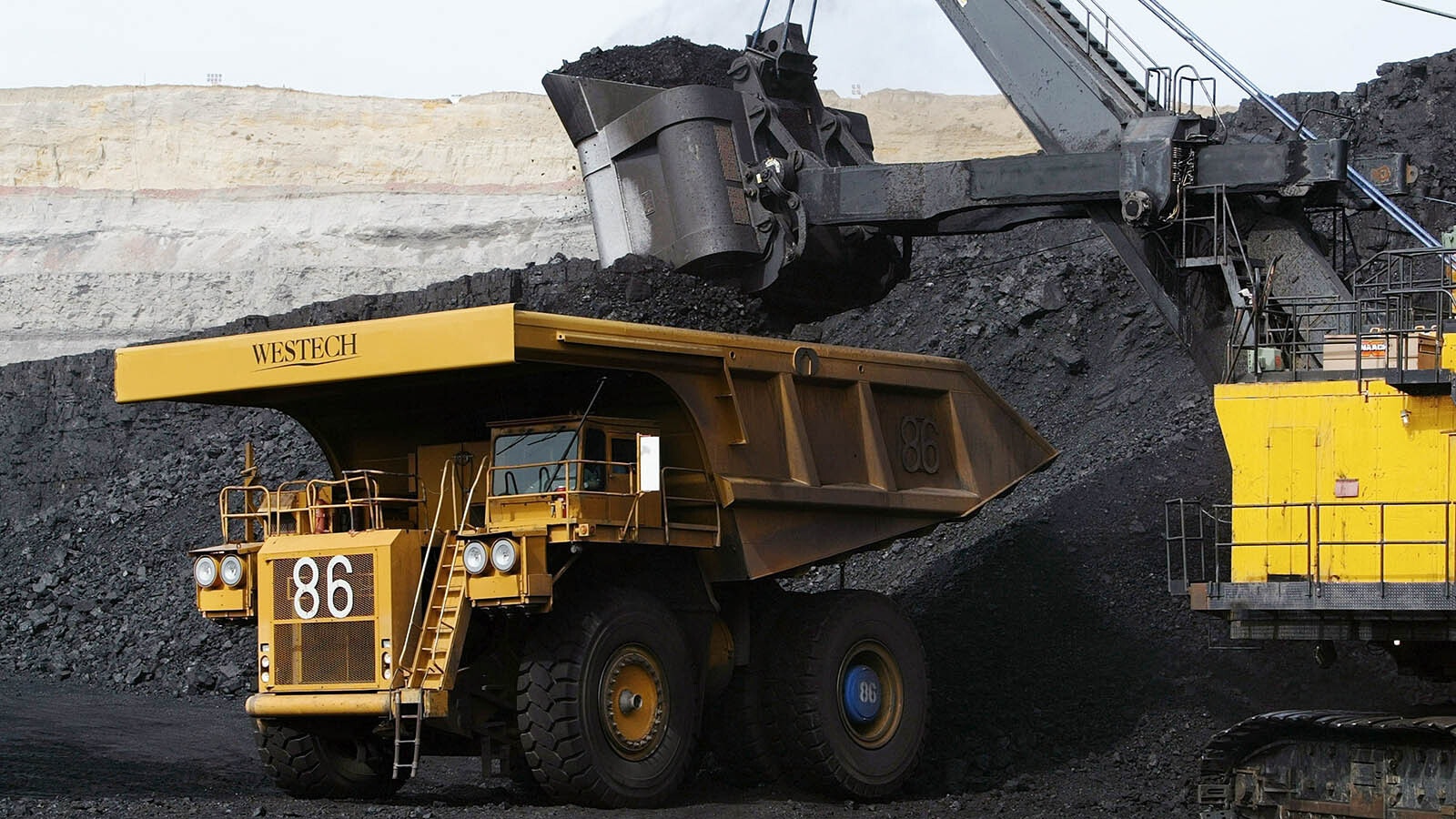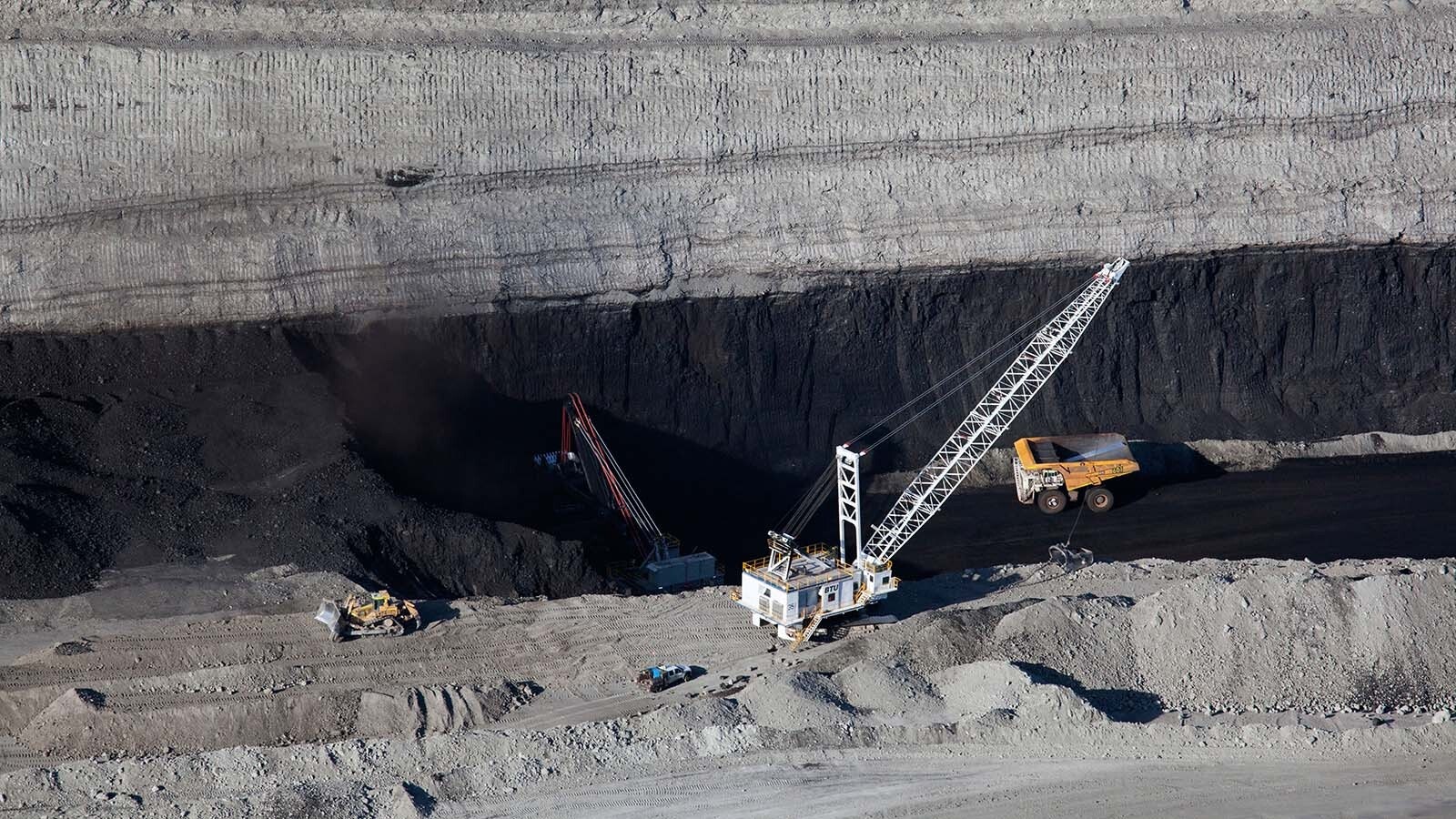Since 2015, six coal companies operating in Wyoming have filed for bankruptcy, causing some to question who will be responsible for reclaiming the defunct operations’ mines.
However, Wyoming coal mining rules that recently underwent a significant update will protect the state against having to foot the bill for any reclamation left uncompleted should a mine simply walk away from its obligations, state officials said.
Shannon Anderson, a staff attorney with the Powder River Basin Resource Council, said her organization has concerns about future reclamation, given declines in the coal industry.
“With potential coal mine closures, we’re concerned a lot of that reclamation yet to occur won’t have funding,” she said. “Coal mine economics continue to deteriorate. Coal generation is at its lowest level since 1975, and these are trends that are probably not going to reverse.”
The resource council was founded in 1973 to advocate for responsible energy development, and Anderson said tracking reclamation efforts was a top priority for the organization in 2020.
“We’re three to four decades into coal mining now,” Anderson said. “And, there’s still a lot of land that hasn’t been reclaimed yet.”
According to a report released by the Western Organization of Resource Councils, more than 234 square miles of coal-disturbed land is unreclaimed across the West with Wyoming, Montana and North Dakota accounting for the vast majority of the unreclaimed lands.
“Luckily, Wyoming has been revising its bonding rules,” Anderson said. “But, we still have a lot of work to do.”
Contemporaneous reclamation
Coal reclamation is the recovery of mined land for use by other industries and the public, said Kyle Wendtland, a Department of Environmental Quality Land Quality Division administrator.
As companies move their mining operations forward, they reclaim previously mined areas, which lowers the cost of reclamation, Wendtland explained.
“For surface coal mines, reclamation is concurrent with the mining, or contemporaneous,” he said. “As you expose the coal through creation of a pit and extraction of the resource, that pit advances, and then, the prior pit is backfilled.”
After backfilling and contouring a previously mined tract of land, mining companies add top soil and seed it as the first phase of the reclamation process. By phase two, the land is often already back in use, Wendtland said.
“Typically, most of this land will go back to agricultural production of some sort,” he said. “In phase two, you’re usually seeing it used for some sort of livestock or wildlife grazing or hay production.”
The land must be in phase two for at least 10 years before it is eligible for release in phase three, DEQ spokesperson Keith Guille said.
“Ensuring the companies follow the reclamation procedure is our responsibility,” Guille said. “We have inspectors go out to these mines once a month to ensure they’re meeting requirements.”
All Wyoming mines are currently in compliance with the DEQ’s reclamation standards, he added.
Bonding process
To receive a mining permit from the DEQ, a company must post a reclamation bond, a performance obligation guaranteeing the permittee will return the land to a natural state.
“The idea is the bond itself is a financial number of what it would cost for a third party to reclaim the mine,” Guille explained. “It’s like insurance.”
The most common form of bonding is a surety bond.
“Many companies pay premiums to a surety company, which in turn says they will cover them for this much of the bond if by chance they were to walk away,” Guille said.
In 2019, Wyoming tracked more than $2.4 billion in surety bonds for coal and non-coal reclamation, according to DEQ documents.
Self-bonding is the second most popular bonding method in Wyoming and concerns organizations like the resource council most.
“Self-bonding is when you have a company that has a really high credit solvency,” Wendtland said. “And, they’re saying they have sufficient assets in the company that even if they fail, they’ll pay for the reclamation.”
Wyoming tracked more than $400 million in self bonds for coal and non-coal reclamation in 2019 of which $297 million was designated specifically for coal, DEQ documents state.
Prior to 2015, the state held more than $2 billion in self bonds for coal.
Following guidance provided by the governor’s office, Wendtland said the DEQ reviewed its bonding policies when coal mines started filing for bankruptcy.
“We took the ‘hard look’ at our rules and did a rewrite,” he said. “Gov. Mark Gordon signed that new rules package in May 2019. Right now, Wyoming is the only state that’s undergone the rigorous process of doing that.”
Under the new rules, self bonds can be used for up to 75 percent of a company’s bond amount and are accepted based on a credit rating rather than the previous system, which used on-balance sheet ratios.
The changes are working well, Guille said, and the DEQ is confident the state will not have to cover bankrupt companies’ reclamation costs in the future.
“We strengthened the rules to protect the taxpayers, the state and the companies,” he explained, adding no further changes are in the works. “We believe we’re at a point that we don’t need to be changing things around anymore.”
By the numbers:
The Wyoming Department of Environmental Quality reported about 184,000 acres of land in Wyoming are listed as disturbed by coal operations.
Fixed facilities — shops, haul roads and rail spurs — account for approximately 38,000 of the overall acreage.
Active mining pits account for about 40,000 acres.
Leaving approximately 107,000 acres in various phases of reclamation.
The DEQ reported all coal mines are in compliance with Wyoming’s reclamation requirements.





